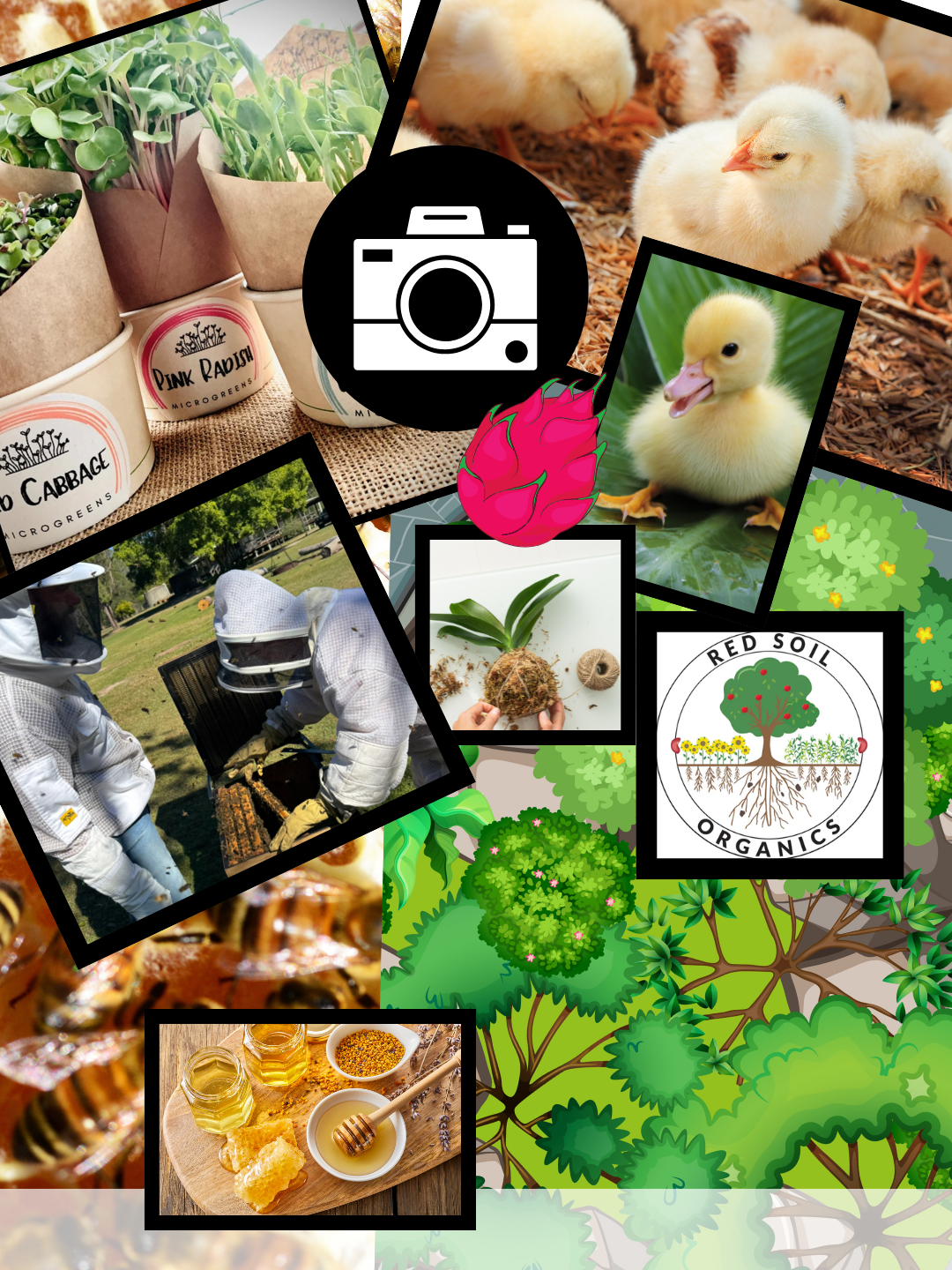FLAT RATE SHIPPING - QUEENSLAND OWNED FAMILY BUSINESS
Self Fertile Dragon Fruit - These dragon fruit varieties do not require hand pollination they are self fertile and can pollenate themselves with their own pollen
Self Sterile Dragon Fruit - These Dragon fruit varieties require x pollenating. They are unable to pollenate themselves with there own pollen or have a bad design where they are less likely to pollenate themselves.
This is a quick blog on how to train dragon fruit cuttings .
When you pot up your dragon fruit some will produce a many branches. It is best to focus your plants energy into 1 or 2.
How does Gypsum work and what is it ?
There has been talk in the dragon fruit growing community about the use of gypsum to encourage the flowering of your dragon fruit plant.
Here is a list of Pitaya / Dragon Fruit varieties grown in The USA.
There is a easy to follow table with the dragon fruits listed and their origin, pollenation needs, weight, colour, flavour and recommendation.
Enjoy reading
"NOID" typically stands for "No IDentification" and is often used in gardening or horticulture when a plant or specimen doesn't have a specific identification or label.
So NOIDS are always going to be in the Dragon Fruit Industry there is no getting around this. You just need to decide what varieties you want in your collection. What characterises you prefer and go from there.
The authenticity of the variety's will not be conclusive until genetic testing is conducted and a would wide data base in established.
Dragon fruit, also known as pitaya, is a tropical fruit that requires specific conditions for successful commercial cultivation.
Here's a general guideline for growing dragon fruit commercially
Compostable Packaging
Flat Rate Shipping
Australian Family Business
Register your interest today and join us for hands-on learning at Rare Dragon Fruit!
Soil Health
Kane,Red Soil Organics
How to grow micro greens
Grow Wise Microgreens
Raising Chickens & Ducks
Birds of Payne
Photography
Through Amy’s Lens
Beekeeping
Kokedama
Designing a Food Forest
Growing Dragon Fruit
